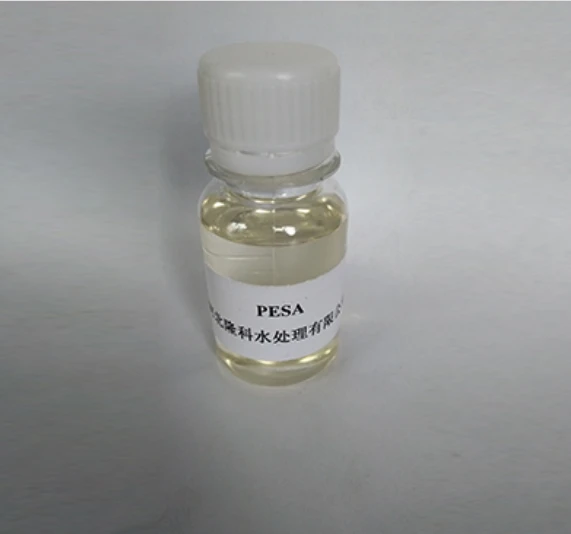diethylene triamine penta methylene phosphonic acid
Exploring the Applications and Importance of Diethylene Triamine Penta Methylene Phosphonic Acid
Diethylene Triamine Penta Methylene Phosphonic Acid (DTPMPA) is a phosphonic compound that plays a crucial role in various industrial and chemical processes
. As a chelating agent, DTPMPA has garnered significant attention for its versatility, efficiency, and environmental compatibility. This article delves into the synthesis, properties, applications, and benefits of DTPMPA, highlighting its importance in contemporary industry.Chemical Structure and Properties
DTPMPA, a derivative of phosphonic acid, is characterized by its complex structure that includes five phosphonic acid groups attached to a diethylene triamine backbone. This unique configuration grants DTPMPA its chelating properties, allowing it to effectively bind with metal ions in solution. The compound is typically presented as a colorless to light yellow liquid or crystalline solid, soluble in water and displaying high thermal and chemical stability. These properties make DTPMPA particularly useful in applications where it is essential to control metal ion concentrations.
Synthesis of DTPMPA
The synthesis of DTPMPA involves multiple steps, typically beginning with the reaction of diethylene triamine with formaldehyde and phosphorous acid. Under controlled conditions, these precursors undergo a series of reactions that yield DTPMPA. The synthesis process can be optimized to produce DTPMPA with varying degrees of purity and concentration, tailoring it for specific industrial applications.
Applications in Industry
diethylene triamine penta methylene phosphonic acid

One of the primary applications of DTPMPA is in water treatment. It acts as a scale and corrosion inhibitor, effectively chelating metal ions such as calcium and magnesium, which can cause scaling in water systems. This property is particularly valuable in power plants, cooling towers, and industrial boilers, where the formation of scale can significantly impair efficiency and lead to increased maintenance costs.
Additionally, DTPMPA is extensively used in the formulation of detergents and cleaning agents. Its ability to bind with metal ions enhances the efficacy of surfactants, allowing for more effective cleaning in both household and industrial settings. By reducing the hardness of water, DTPMPA ensures that detergents work more effectively, improving the overall performance of cleaning products.
Another significant application of DTPMPA is in the field of agriculture, specifically as a component in fertilizers. Its chelating properties help improve the bioavailability of essential nutrients, such as iron and manganese, to plants. By ensuring that these nutrients are readily available in the soil, DTPMPA plays a critical role in promoting healthy plant growth and improving crop yield.
Environmental Considerations
As environmental concerns become increasingly prominent, the importance of environmentally friendly chemicals in industry cannot be overstated. DTPMPA is regarded as a greener alternative compared to traditional phosphates. Unlike phosphates, which can contribute to eutrophication in aquatic systems when they run off into water bodies, DTPMPA poses a lower risk to the environment. Its biodegradable nature and lower toxicity levels make it a preferable choice for many applications.
Conclusion
Diethylene Triamine Penta Methylene Phosphonic Acid stands out as a versatile and valuable compound across numerous industries. From water treatment to cleaning agents and agricultural applications, DTPMPA demonstrates its efficiency as a chelating agent while aligning with environmental sustainability goals. As demand for such compounds continues to rise, further research and development into the applications and benefits of DTPMPA will likely enhance its role in advancing both industrial processes and environmental stewardship. The ongoing exploration of DTPMPA’s potential will undoubtedly fuel innovation and contribute to a more sustainable future.
-
Water Treatment with Flocculant Water TreatmentNewsJun.12,2025
-
Polymaleic AnhydrideNewsJun.12,2025
-
Polyaspartic AcidNewsJun.12,2025
-
Enhance Industrial Processes with IsothiazolinonesNewsJun.12,2025
-
Enhance Industrial Processes with PBTCA SolutionsNewsJun.12,2025
-
Dodecyldimethylbenzylammonium Chloride SolutionsNewsJun.12,2025





